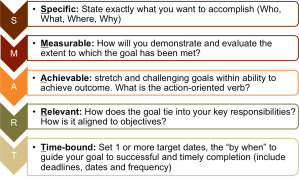Some of the rules of life are seemingly simple, and one I’m particularly passionate about is treating others the way you’d like to be treated yourself.
I’ve been hearing a lot of stories recently about work place interactions that contradict this simple guideline;
- A friends manager has started coming in half an hour late to work as he’s started going to the gym, but still leaves at the same time as previously. All the while keeping a ‘lateness’ spreadsheet on her and the rest of the team.
- Another Scrum Master is having difficulty because the direct manager of his team has started booking in the whole team for ‘Team Bonding Sessions’. He says he doesn’t know what’s more headshake worthy, that they are scheduling team bonding, or that the session is only 15 minutes a week.
- In an old position, the management team would go for lunch all together at 12pm every day – whilst my team and I had to organise between ourselves to make sure our duties were always covered. Though we never did understand why they so urgently needed the cover for an hour whilst we were only in the kitchen or a short walk away with smart phones on us. But it did mean that we never got to socialise properly as a team, and never became much of one, where the management seemed to like their group lunches.
I can’t profess to know this works all the time in every situation, but it stands to reason that if you enjoy flexibility in your work day, or the opportunity to bond with coworkers over lunch, those around you do too. Can anyone honestly say their preferred way to bond with their team would be a scheduled weekly 15 minute fun session?

On a smaller level – this happens with bitching, badmouthing, gossiping or assuming the worst about someone. If someone in your team is working from home more than staffers usually do, I’ve seen others jump to the ‘They are doing no work’ conclusion or whisper ‘they are taking the piss’. But surely if something was keeping you WFH for a while, you’d want someone to talk -to you- about it if there were any concerns, and not to others, encouraging them to assume the worst about your behaviour. Can you honestly say you assume the best of other’s intentions, whilst expecting it from them for yourself?










